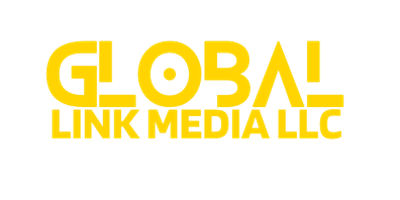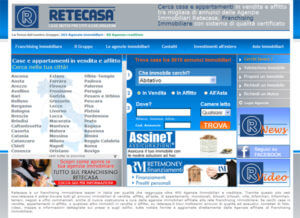The Ultimate Guide To SEO In The 21st Century
SEO is vital to keep up with the online traffic competitions. Search engines are the online traffic cops that direct people to various sites based on their search queries. Use the helpful information in this article to get more traffic directed to your site and improve your bottom line.
Use many types of keywords and even common misspellings. Sites that have effective meta tags will show up in more searches for a higher variety of keywords. Try to include a variety of keywords, along with some that are misspelled. For example, a website about aquariums would have keywords such as “fish tanks,” “aqarium,” “tank,” etc.
The Ultimate Guide To SEO In The 21st Century
Make sure you use the right keyword density when optimizing your website. No more than twenty percent of your content should consist in keywords.
You should correctly anchor your text when internally linking on your site. Just typing “click here” followed by linking to that term, will not help your search rankings. You can attract web crawlers to your anchor text by using relevant keywords in it.
Market yourself as an expert in a field. As an expert this is a great tool for Internet marketing that can make serious money. You need to design a website that appeals to a well-defined consumer niche and that is easy for members of that group to find. It is important that the customers receive whatever it is they are looking for, not what you assume they need.
Get your site linked to by a respected website, like a non-profit or an educational site. Links from reputable sites are favored by the major search engines and boost your rankings. Always provide the best in content and verifiable information. When you do, reputable websites will feel comfortable featuring your website. Write useful articles that these types of organizations don’t have on their own sites.
The Ultimate Guide To SEO In The 21st Century
Do not use Flash on a website that you want to search engine optimize. Using Flash will mean that you site takes longer to load and parts of it won’t get read by the search engine spiders and the text in Flash won’t make it into the index. To make a site search engine optimized, the content must be viewable by search engines.
Creating a site map can help search engines classify the content on your site. A site map, or navigation bar, helps the search engines find all of the pages of your site. No site is too small to benefit from having a site map.
Search Engines
Ensure that you register your website with the top search engines. Many people think it’s done automatically. Be sure that your website is still available over time. It is important to know that the search engines do find your site, even though you might be showing up several pages back from the front page.
You rarely get image links with sites that are optimized for various search engines. Image links do not link your content to the search engines effectively.
To optimize the images on your site for search engines, always fill in the “alt” tag with a relevant description. Alt tags display to visitors if they have chosen not to view images on your site. As search engine spiders are reading these tags, it is imperative that the tags include your targeted keywords if you want to increase your websites ranking on SERPs.
Search Engines
Successfully optimizing your site for search engines may seem intimidating, but as this article has shown you, it doesn’t have to be difficult. Knowing the few basic principles that determine how the search engines work, can help you tweak your site to attract more visitors than ever. Before you know it, you’ll have a slew of new customers.


